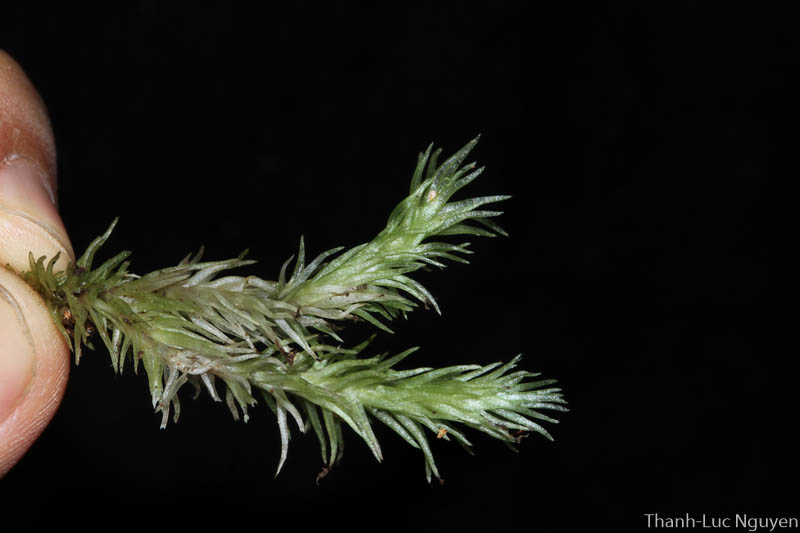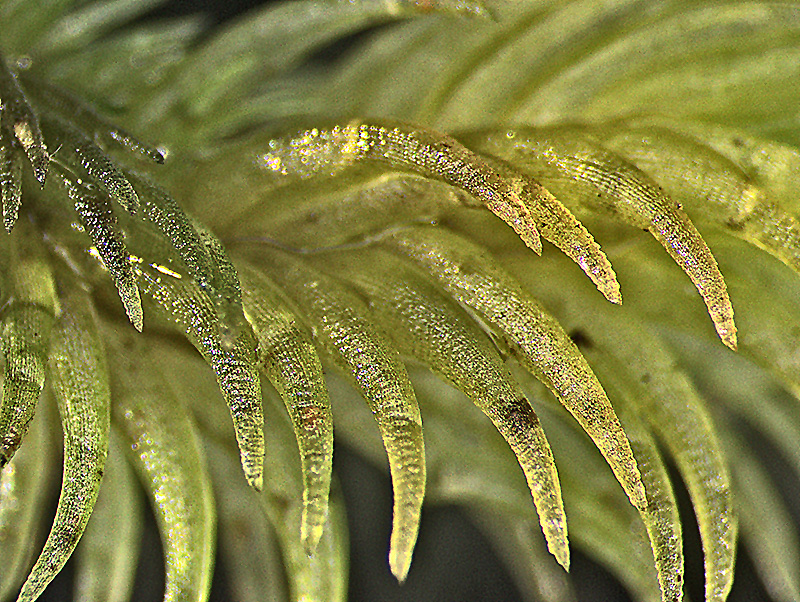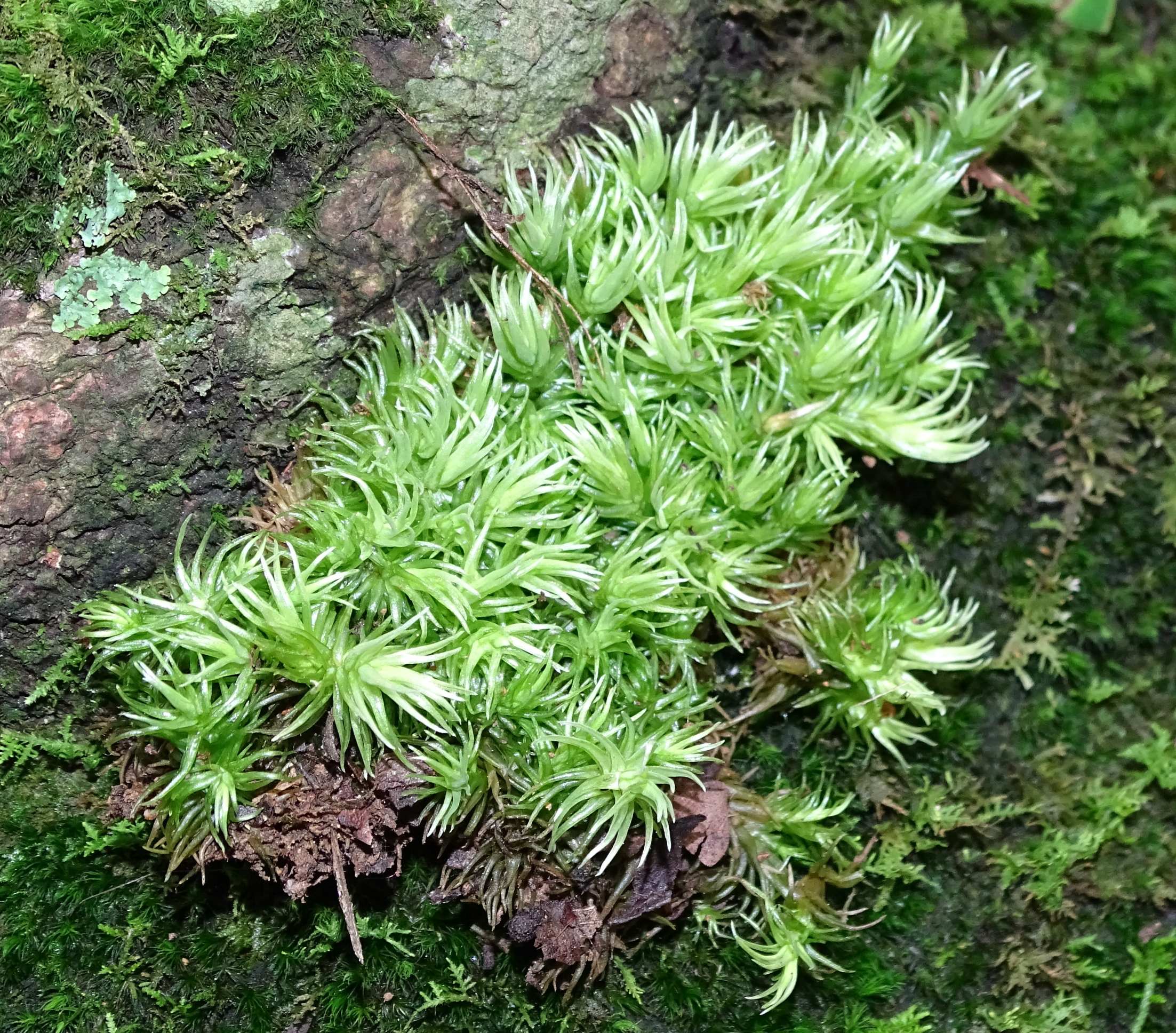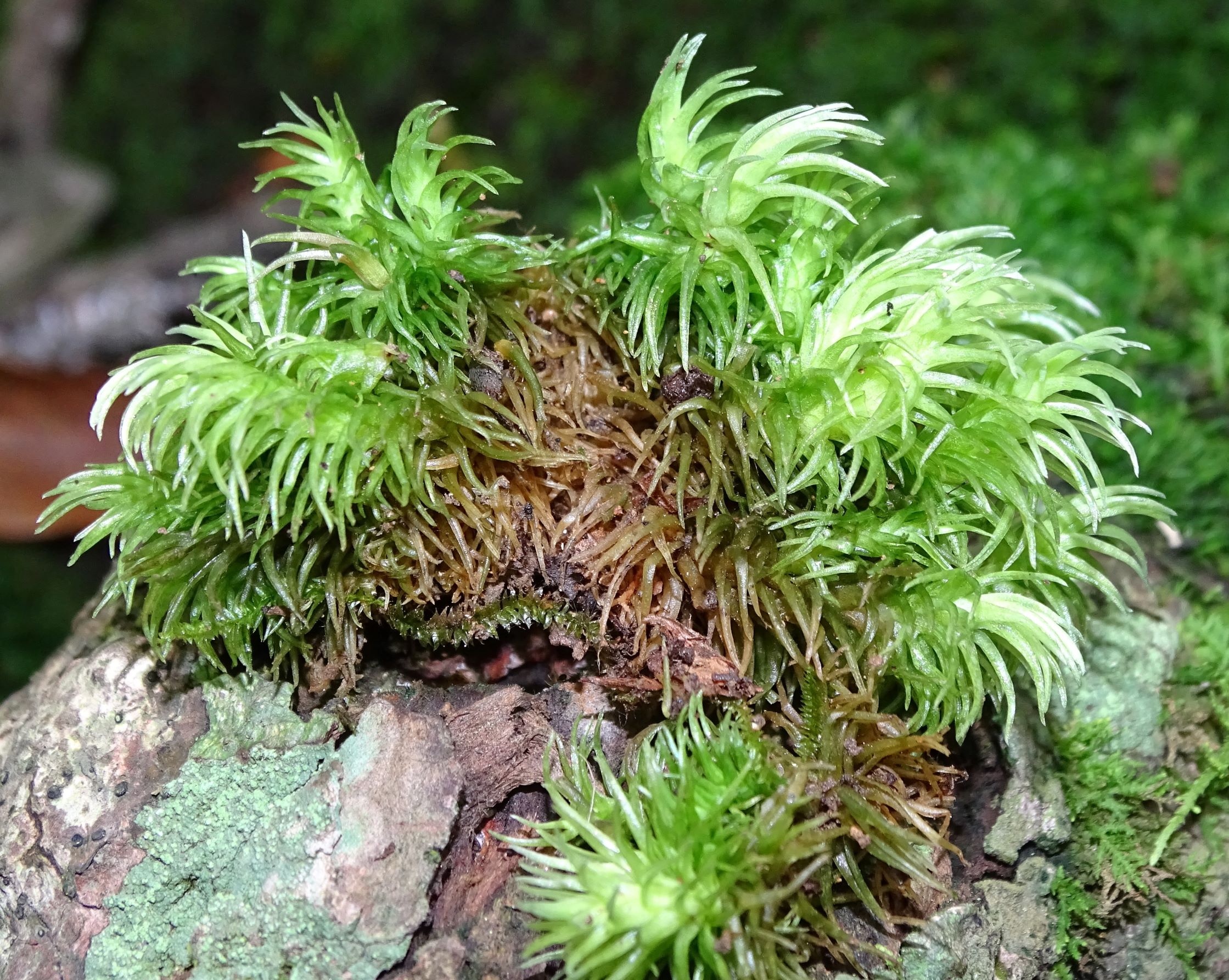Leucobryum javense: The Enchanting Moss of the Leucobryaceae Family
Affiliate Disclaimer: As an affiliate, we may earn a small commission when you make a purchase from any of the links on this page at no additional cost to you!

image from: https://www.nzplants.auckland.ac.nz/en/about/mosses/native-species/leucobryaceae/leucobryum-javense.html
Leucobryum javense: The Fascinating Moss of the Leucobryaceae Family

image from: https://www.nzplants.auckland.ac.nz/en/about/mosses/native-species/leucobryaceae/leucobryum-javense.html
Leucobryum javense (Brid.) Mitt., commonly known as Leucobryum, is a captivating moss species belonging to the Leucobryaceae family. This unique bryophyte has garnered attention from enthusiasts and researchers alike for its distinctive morphology and ecological adaptations. In this blog post, we’ll dive into the world of Leucobryum javense and explore its background, identification, distribution, and ecological roles.

image from: https://cryptogam-phh.hcmus.edu.vn/index.php/en/bryophtes?page=8
Background on Leucobryum javense
Leucobryum javense is a member of the Bryophyta division and the Bryopsida class. The Leucobryaceae family, to which it belongs, is known for its distinctive whitish or grayish-green appearance. The specific epithet “javense” refers to the island of Java, where the species was first described.
Morphology and Identification
One of the most striking features of

image from: https://www.nzplants.auckland.ac.nz/en/about/mosses/native-species/leucobryaceae/leucobryum-javense.html
Leucobryum javense is its cushion-forming growth habit. The moss forms dense, compact tufts that can reach several centimeters in height. The leaves are lanceolate in shape and have a thick, whitish costa

image from: https://www.nzplants.auckland.ac.nz/en/about/mosses/native-species/leucobryaceae/leucobryum-javense.html
that occupies most of the leaf width. This characteristic costa is composed of multiple layers of hyaline cells, which give the moss its distinctive pale color.
Identification of Leucobryum javense can be aided by examining its leaf cross-section. The costa is composed of two layers of hyaline cells surrounding a central layer of chlorophyllose cells. The leaf margins are typically entire and may be slightly incurved.
Global Distribution and Habitat
Leucobryum javense has a

image from: https://www.researchgate.net/figure/Leucobryum-javense_fig2_308413607
wide distribution across tropical and subtropical regions of Asia, Africa, and the Americas. It is commonly found growing on soil, rocks, and tree bases in moist forests and woodland areas. The moss prefers shaded and humid environments, where it can thrive and form extensive colonies.
Ecological Roles and Adaptations
Leucobryum javense plays important ecological roles in its native habitats. As a bryophyte

image from: https://efloraofindia.com/2023/10/09/leucobryum-javense/
, it contributes to moisture retention, nutrient cycling, and soil stabilization. The dense cushions formed by the moss provide microhabitats for various small invertebrates and microorganisms.
One of the most remarkable adaptations of Leucobryum javense is its ability to tolerate desiccation. The hyaline cells in the costa act as water storage units, allowing the moss to survive periods of drought. When moisture becomes available again, the moss can quickly rehydrate and resume its metabolic activities.

image from: https://www.nzplants.auckland.ac.nz/en/about/mosses/native-species/leucobryaceae/leucobryum-javense.html

image from: https://efloraofindia.com/2023/10/09/leucobryum-javense/

image from: https://www.digital-museum.hiroshima-u.ac.jp/~museum/habit/moss_habit/Leucobryum javense/Leucobryum_javense.html
| Characteristic | Description |
|---|---|
| Family | Leucobryaceae |
| Genus | Leucobryum |
| Species | Leucobryum javense (Brid.) Mitt. |
| Growth Habit | Cushion-forming |
| Leaf Shape | Lanceolate |
| Costa | Thick, whitish, occupying most of leaf width |
| Leaf Cross-section | Two layers of hyaline cells surrounding central chlorophyllose cells |
| Distribution | Tropical and subtropical regions of Asia, Africa, and the Americas |
| Habitat | Moist forests and woodland areas, growing on soil, rocks, and tree bases |
Conclusion
Leucobryum javense (Brid.) Mitt. is a fascinating moss species that captivates enthusiasts with its unique morphology and ecological adaptations. Its cushion-forming growth habit, distinctive whitish costa, and ability to tolerate desiccation make it a remarkable member of the Leucobryaceae family. As we continue to study and appreciate the diversity of bryophytes, Leucobryum javense reminds us of the important roles these small but mighty plants play in our ecosystems. So the next time you come across a pale, cushiony moss in a moist forest, take a closer look—you might just be in the presence of the captivating Leucobryum javense.
